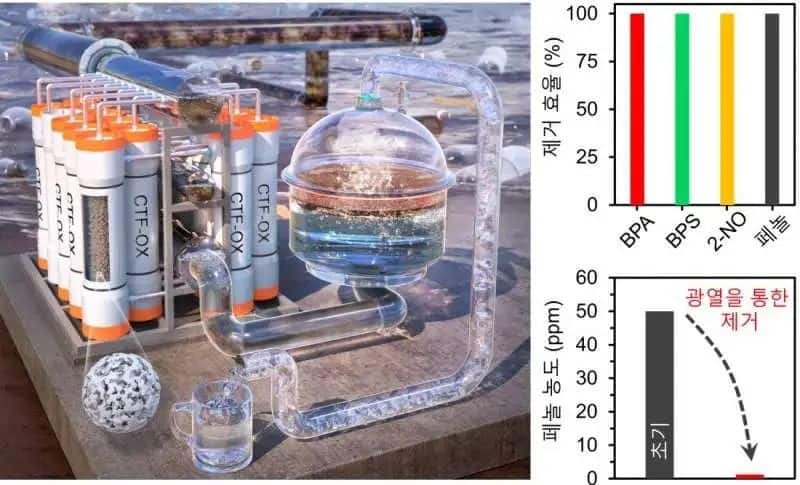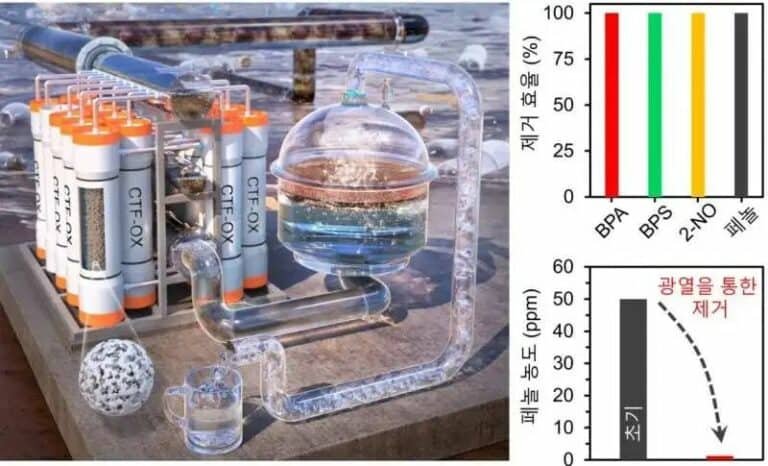
The resolution of water pollution caused by the chemical industry is urgent.
To solve this problem, researchers have developed various water purification technologies and materials.
However, existing carbon-based porous materials that utilize adsorption mechanisms have slow adsorption rates and require high thermal energy for recovery.
It is difficult to develop materials that can simultaneously satisfy recyclability, high efficiency, low cost, and industrialization potential.
In a recent study published in Advanced Materials, a team of researchers has developed a porous polymer with excellent adsorption and photothermal properties at a low cost.
The material does not require high thermal energy recovery and does not lose its properties over multiple uses.
The research team developed a polymer that absorbs light extensively and converts the light energy into heat, using solar energy as the driving force to evaporate water.
They also oxidized the polymer and incorporated hydrophilic functional groups.
Thus water treatment membranes coated with this polymer are not only capable of using solar energy to purify phenolic pollutants, but also to rapidly adsorb micro-pollutants from the aquatic environment.
Experimental results show that this polymer-treated water treatment membrane can remove more than 99.9% of phenolic microplastics and VOC contaminants from water.
It can still purify water to provide drinking water even in areas where there is no electricity supply.
